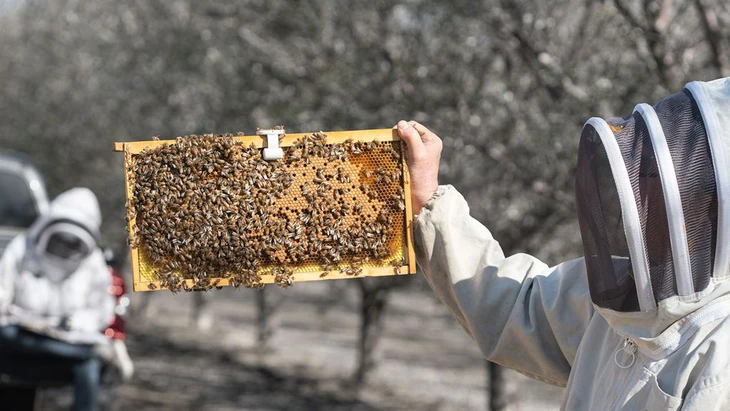
Many countries have now applied smart technologies to monitor beehives in real time - Photo: Beehero
Taking care of bee colonies no longer depends entirely on intuition or manual observation. Thanks to sensors and artificial intelligence, the beehive can record temperature, sound, humidity and send the data to the beekeeper's phone.
Beehives 'speak up' with sensors
Sensors are a key component that allows beehives to 'communicate' with humans. The compact device, placed inside the hive, can continuously measure parameters such as temperature, humidity, weight and sound. The data is then sent to a phone or cloud platform for the beekeeper to monitor remotely.
For example, if the temperature in the hive suddenly drops or the weight of the hive changes abnormally, the sensor will send an alert signal to the phone. Some devices also record the frequency of bees entering and leaving the hive to detect early the risk of mass bee departure. These alerts help keepers check in time without having to open the hive lid frequently.
According to Tuoi Tre's research, in the US and Europe, the sensor-integrated beehive model has been applied in farms, research areas and even on city rooftops. Continuous data collection not only helps protect bee colonies but also supports research on the surrounding environment and ecosystem.
Artificial intelligence 'translates' buzzing noises into warning signals
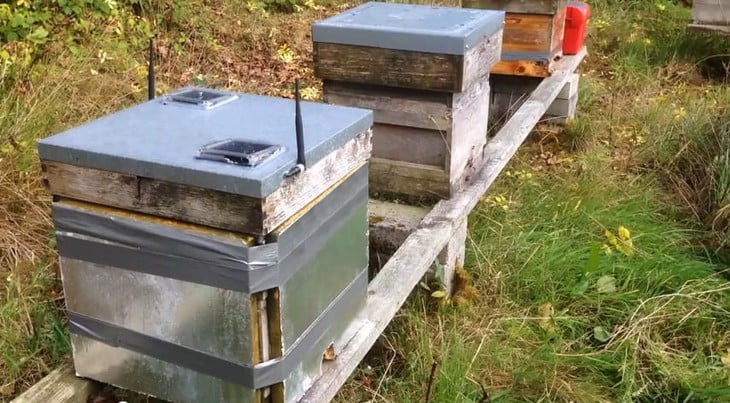
Beehive equipped with sensors in the project 'Smart Beehive using Waspmote IoT platform' - Photo: Libelium
Data from the hive is not only recorded, but also analyzed by artificial intelligence to find noticeable changes. Instead of just displaying numbers, the system learns from the actual behavior of each hive to recognize abnormalities: bees moving less, buzzing at a strange frequency, the temperature in the hive rising abnormally quickly…
Some models are even able to ‘understand’ bee noise over time, enough to differentiate between normal fluctuations (like weather changes) and real warning signs. This allows beekeepers to proactively monitor hive health, rather than waiting for problems to occur.
However, not all warnings are absolutely correct. Artificial intelligence can still 'misunderstand' if the hive behaves abnormally due to strange factors such as outside noise or environmental disturbance.
In those cases, the farmer can adjust the alert level, or verify it with actual observations. Most systems are designed to learn from real-world data, so the accuracy improves over time.
Not only raising bees, but also protecting the environment
Not only would the ability of beehives to send data make beekeeping easier for beekeepers, it could also be of great value in environmental research. Several projects in the US, Europe and Israel are using smart beehives as 'biosensors' to monitor the health of the surrounding ecosystem.
Bees are extremely sensitive to changes in climate, air quality, and soil chemicals. If a region’s bee populations show signs of stress or massive behavioral changes, it can signal environmental problems. Recording this data in real time helps scientists better understand the connection between humans and nature.
For beekeepers, smart hive technology also helps reduce costs, save time and increase the ability to maintain healthy bee colonies. In some countries, this model is also supported by policies or funding from conservation organizations.
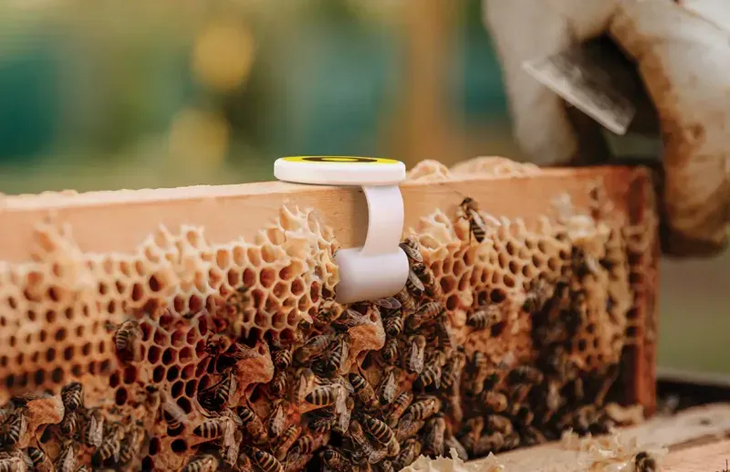
AI-integrated sensors can analyze both magnetic fields and sounds from bee colonies - Photo: Beehero
From small devices to big changes
Although the sensor in the hive is only the size of a palm, the impact is huge. Beekeepers no longer have to rely entirely on intuition, while researchers have a live data channel to monitor ecological fluctuations.
In many countries, this technology is being seen as a stepping stone towards precision agriculture , where people make decisions based on data rather than anecdotal experience. In beekeeping in particular, the combination of technology and nature is expected to help maintain healthy bee colonies in an era of increasingly unpredictable climate change.
Of course, not all beekeepers have easy access to the technology. Cost, network infrastructure, and the ability to use the equipment remain barriers. But if this trend continues to spread, it is likely that in the near future, 'hearing what the hive is saying' will become as routine as opening a weather app.
Source: https://tuoitre.vn/bat-ngo-tri-tue-nhan-tao-giup-nuoi-ong-20250624110937388.htm





![[Photo] General Secretary To Lam and National Assembly Chairman Tran Thanh Man attend the 80th Anniversary of the Traditional Day of the Vietnamese Inspection Sector](https://vphoto.vietnam.vn/thumb/1200x675/vietnam/resource/IMAGE/2025/11/17/1763356362984_a2-bnd-7940-3561-jpg.webp)
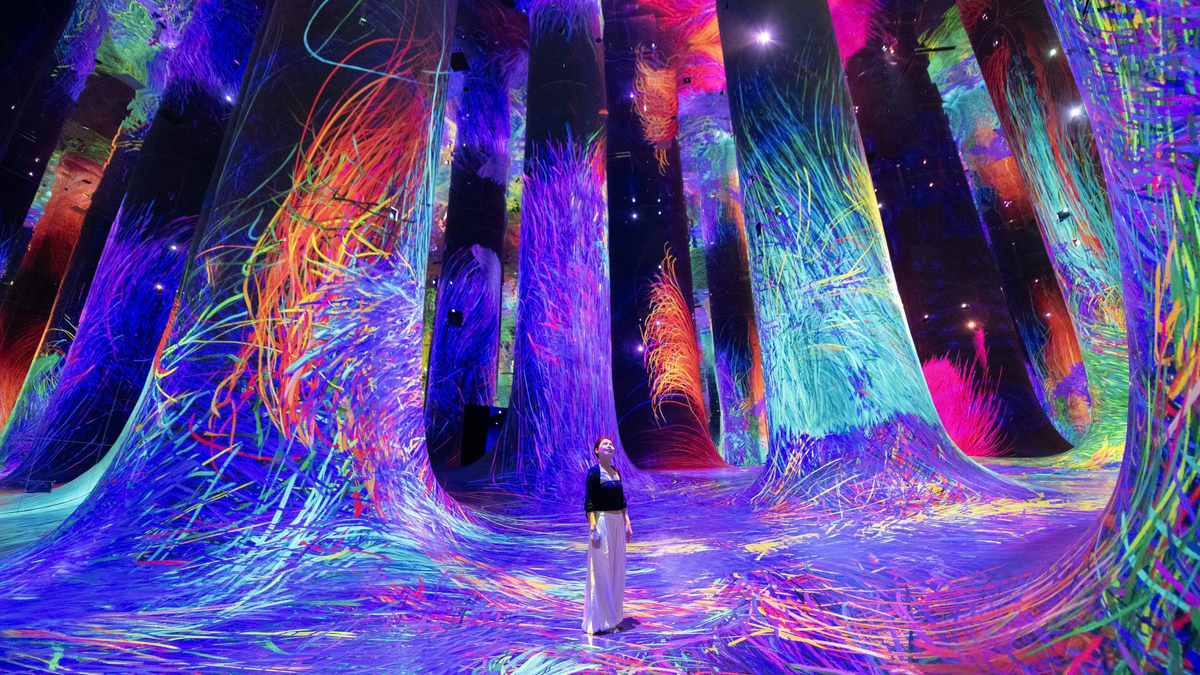



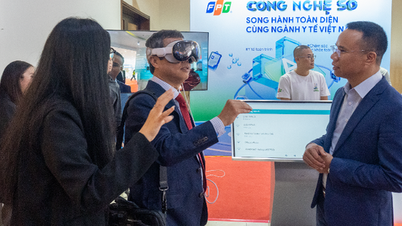



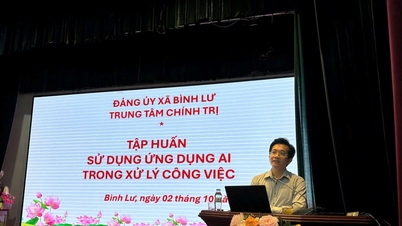

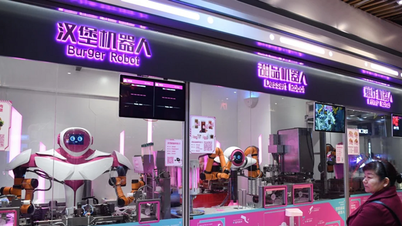
















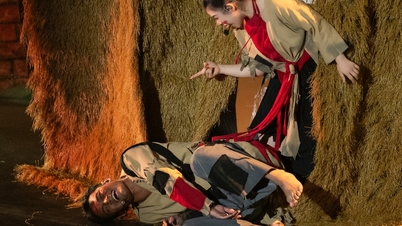

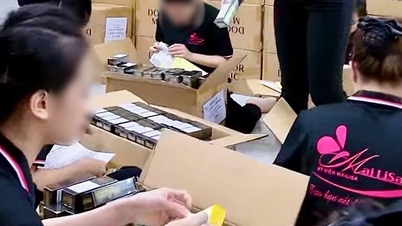


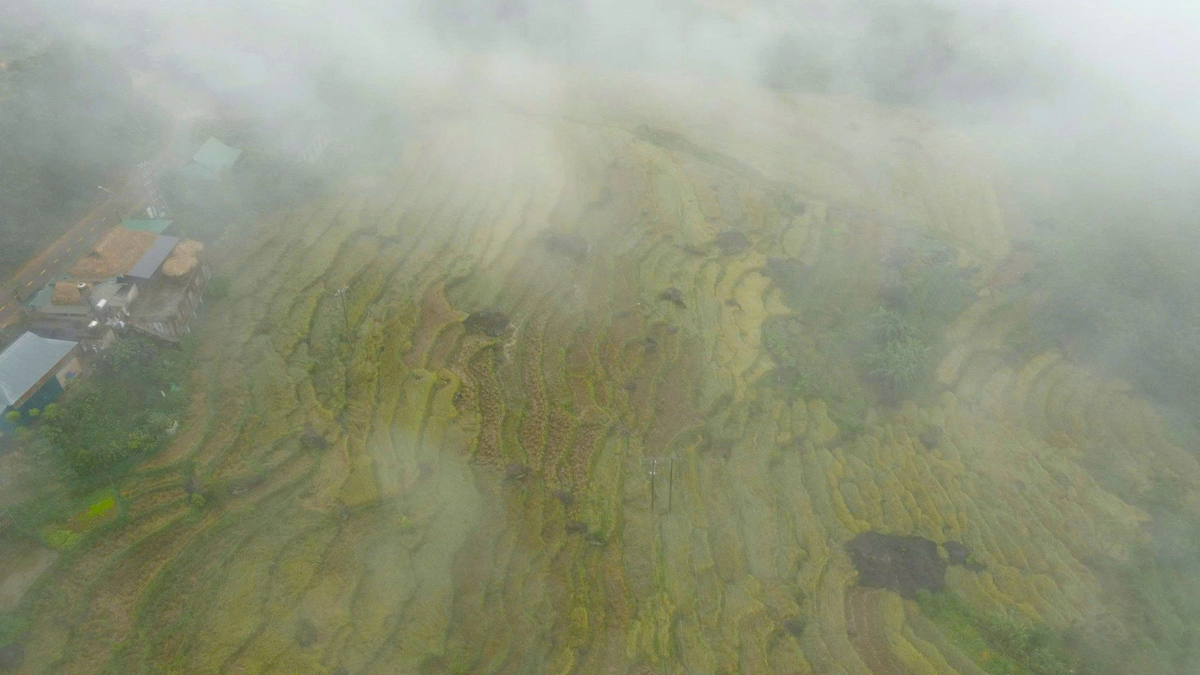

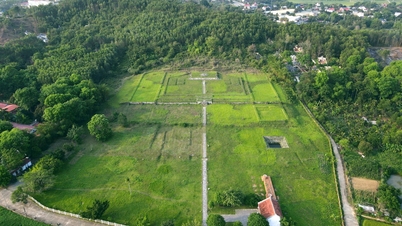









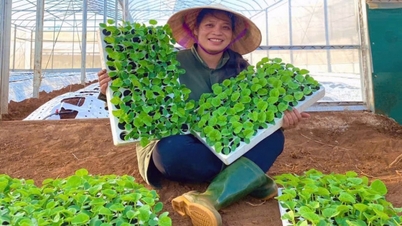

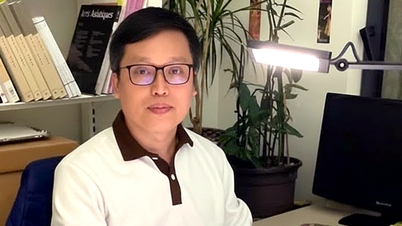











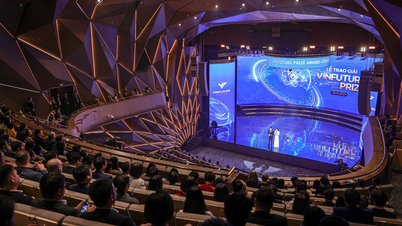














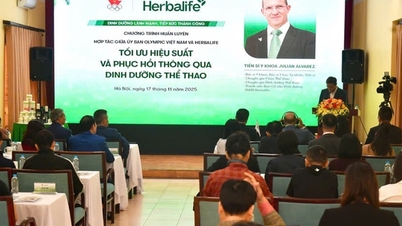


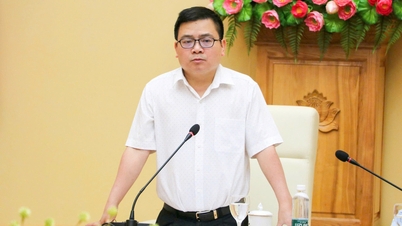



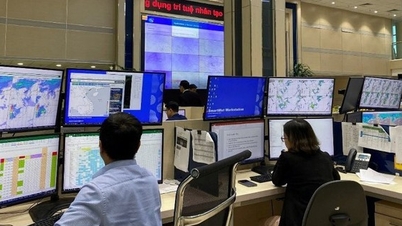






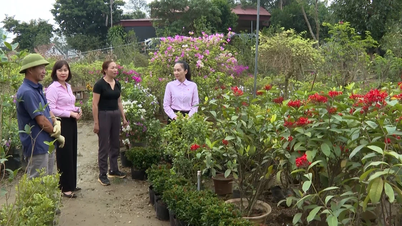




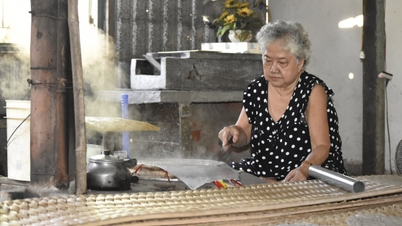

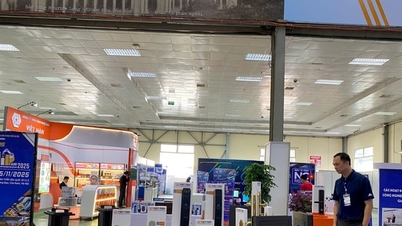









Comment (0)